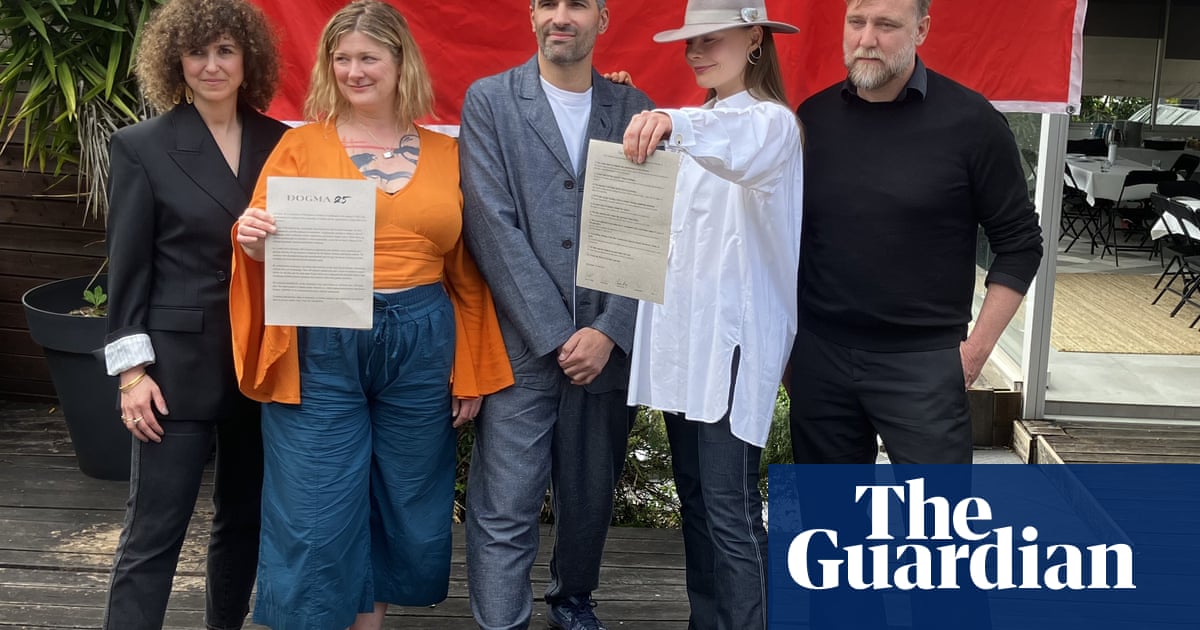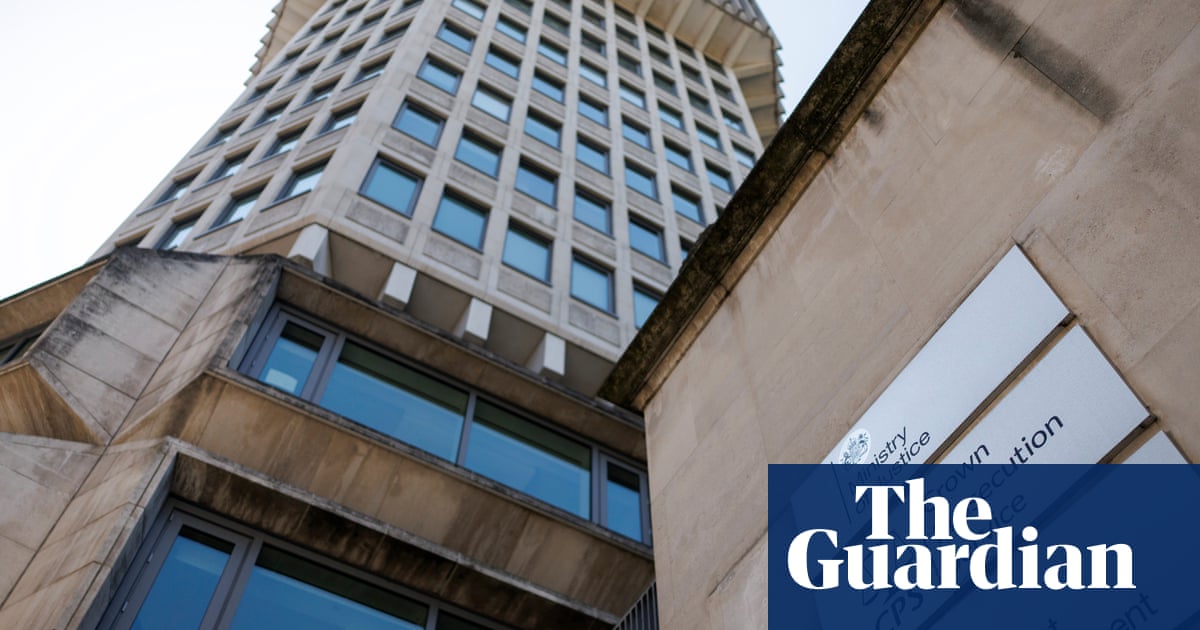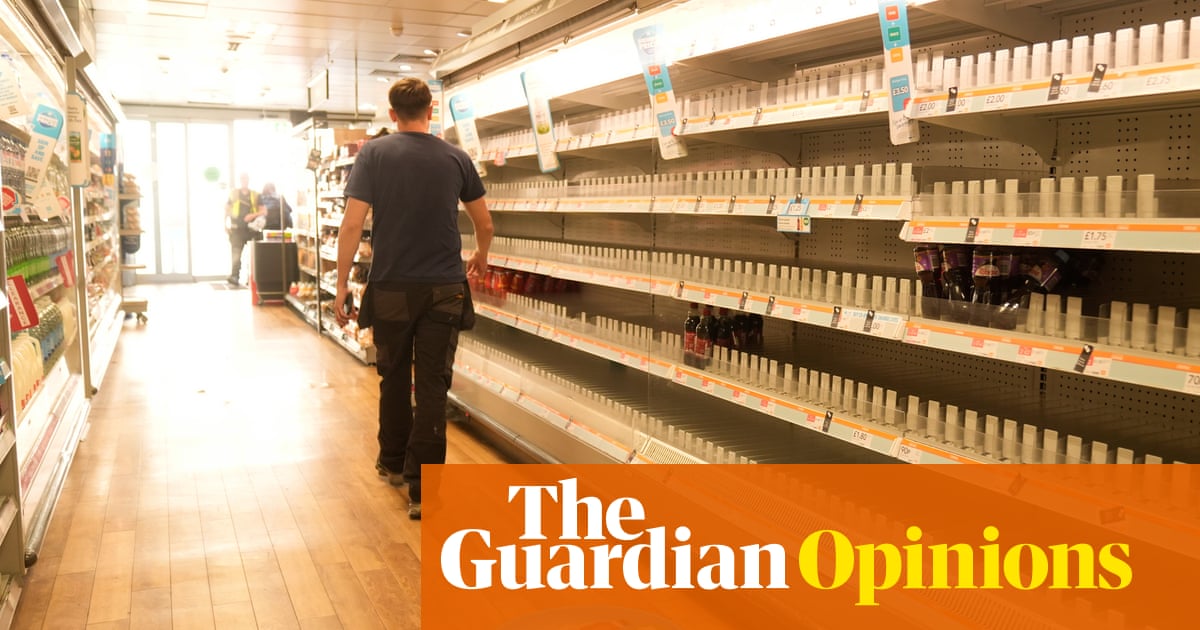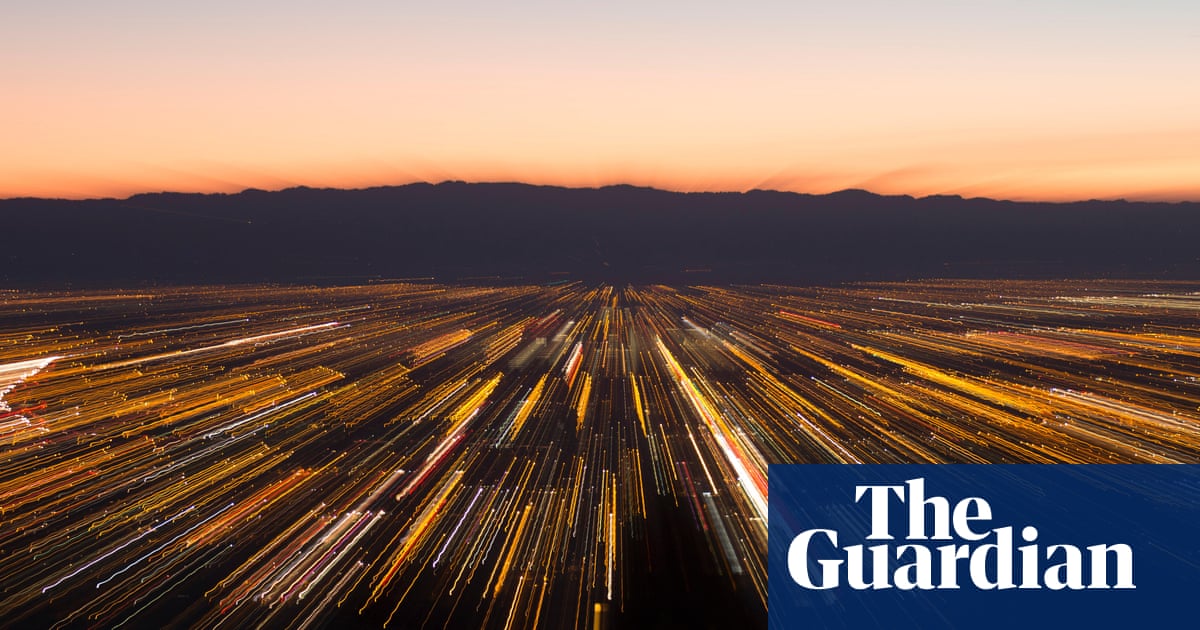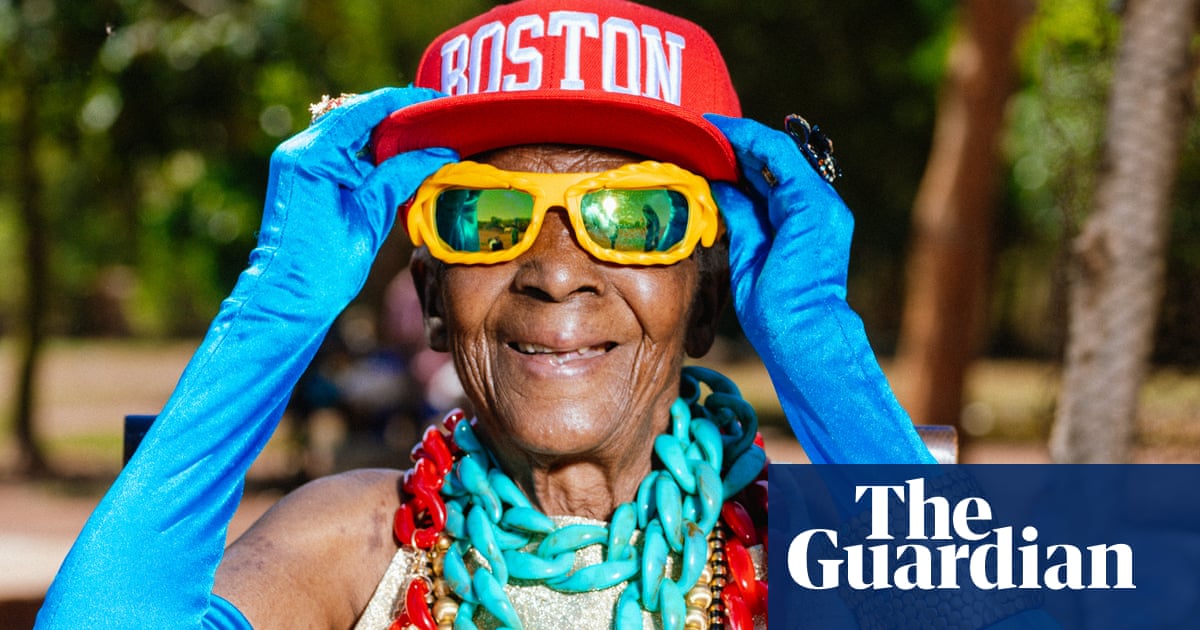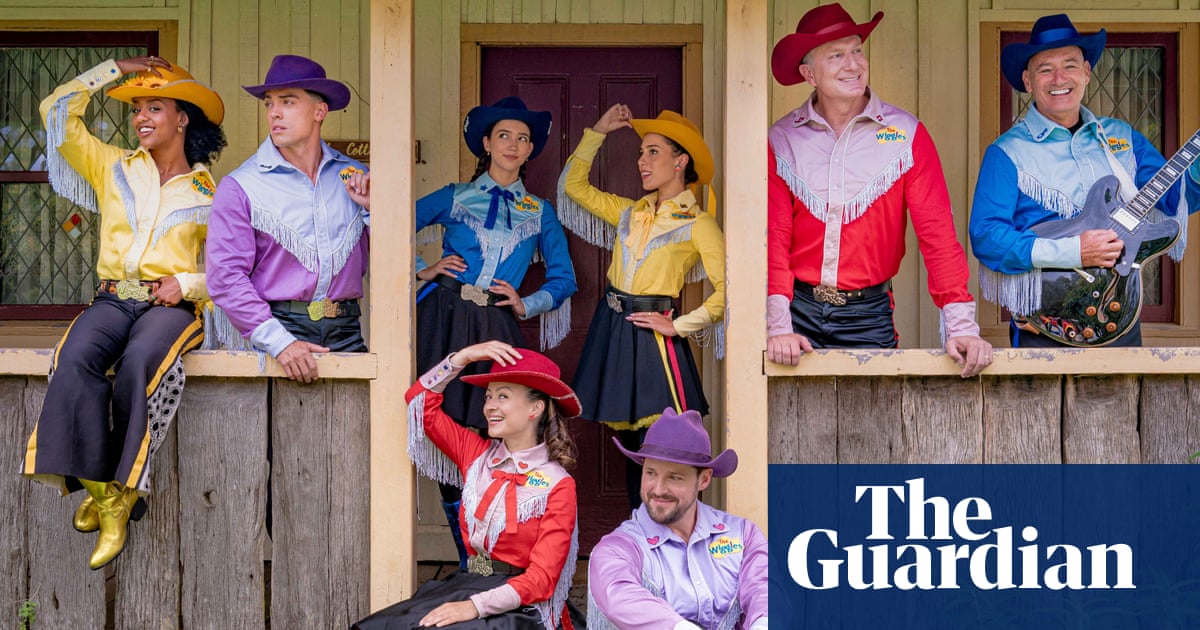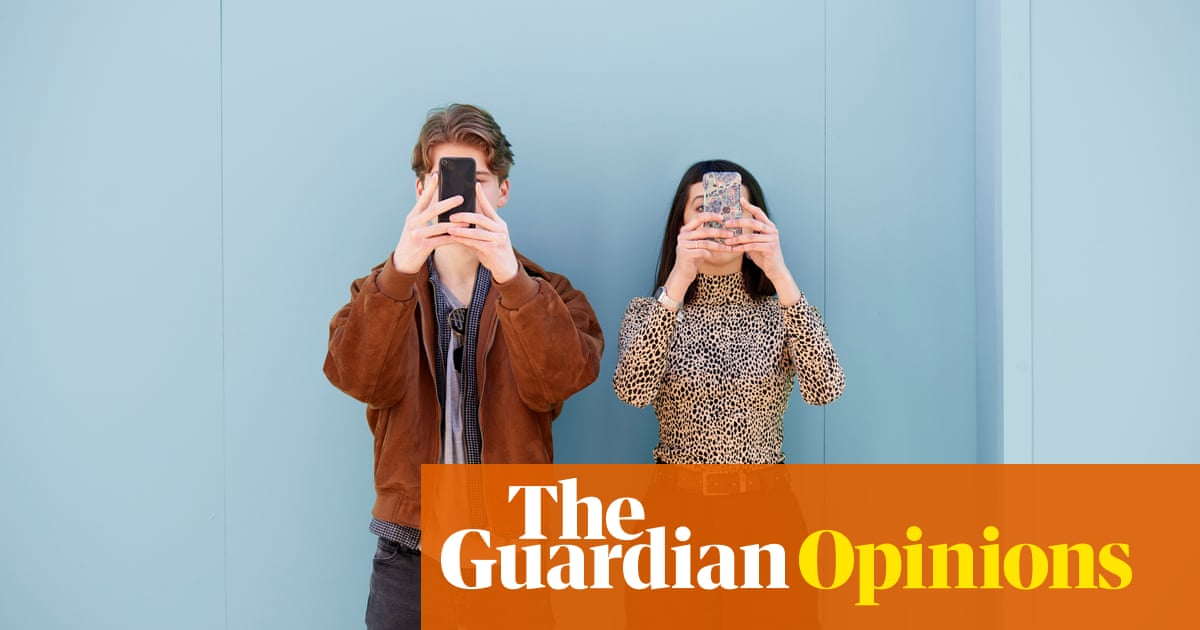There’s no preparing for a first encounter with a thriving coral reef: your attention ricochets between dramas of colour, form and movement. A blaze of fire coral, darting clown fish, crimson sponge, electric blue ray … a turtle! Your heart soars, your head spins. Nowhere else will you encounter such density and diversity of life.
Corals are the architects of all this splendour. Their immobile forms suggest plants, but they’re animals – solar-powered ones. Each is a colony of thousands, sometimes millions, of tiny coral polyps, each resembling a slimmed-down sea anemone, just millimetres tall.
Coral polyps are invertebrates. They protect their delicate bodies by building tiny cups of pure limestone, the building blocks of every reef. Two hundred and fifty million years before our first cities and pyramids rose, corals were already giving free rein to their monumental architectural impulses. No human structure matches the grandeur of the largest reefs. The Great Barrier Reef spans 344,400 sq km, redirecting ocean currents and deflecting tsunamis.
Their engineering creates niches for millions of other species. These living riches sustain an estimated 1 billion coastal and island dwellers worldwide.
And they conjure all this magnificence from virtually nothing: tropical waters are nutrient deserts.
Darwin was the first to wonder how reefs could possibly create so much from so little. The solution to Darwin’s conundrum is that coral polyps don’t weave their magic alone. Their achievements depend on mutually-beneficial symbioses with other reef organisms, particularly invisible microbes. These partnerships are so pivotal that biologists view corals not as individual animals, but as “holobionts” – living collectives where host and microbes function as one.
The coral holobiont, which narrowly did not on the 10-strong shortlist for the Guardian’s invertebrate of the year 2025, has honed two critical capabilities that allow burgeoning reefs to prosper in watery deserts. First, reefs run on genuinely renewable energy. Photosynthesising algae living inside coral harvest tropical sunlight, funnelling energy into the reef ecosystem.
Second, coral reefs operate as the ultimate circular economy: nothing wasted, everything re-used. Billions of symbiotic microbes coating the coral’s mucous surfaces recycle nutrients, while also protecting against disease, buffering heat stress and providing essential vitamins.
And yet coral polyps are bang on the frontlines of the climate emergency (they are vulnerable to even a small change in temperature) and many scientists now see it as probable, not just possible, that most reefs won’t survive the industrial age. Why? Because we’re changing the oceans too quickly for these adaptable organisms to evolve. A single heatwave can shatter the coral holobiont. Algae jump ship first, bleaching the coral white, before the entire microbiome dissolves into hunger and chaos. Reef ecosystems that took millennia to build can collapse in days.
In defiance of their apparent fragility, corals have survived multiple mass extinctions during their long evolutionary past. It is, therefore, their amazing successes that offer the most urgent lesson for our increasingly individualistic industrial societies: sustainable flourishing on a finite planet requires collective action. Coral holobionts didn’t conquer nutrient-poor waters through competition, but through cooperation – creating abundance out of extreme scarcity.
-
Between 24 March and 2 April, we will be profiling a shortlist of 10 of the invertebrates chosen by readers and selected by our wildlife writers from more than 2,500 nominations. The voting for our 2025 invertebrate of the year will run from midday on Wednesday 2 April until midday on Friday 4 April, and the winner will be announced on Monday 7 April.

.png) 1 month ago
30
1 month ago
30




